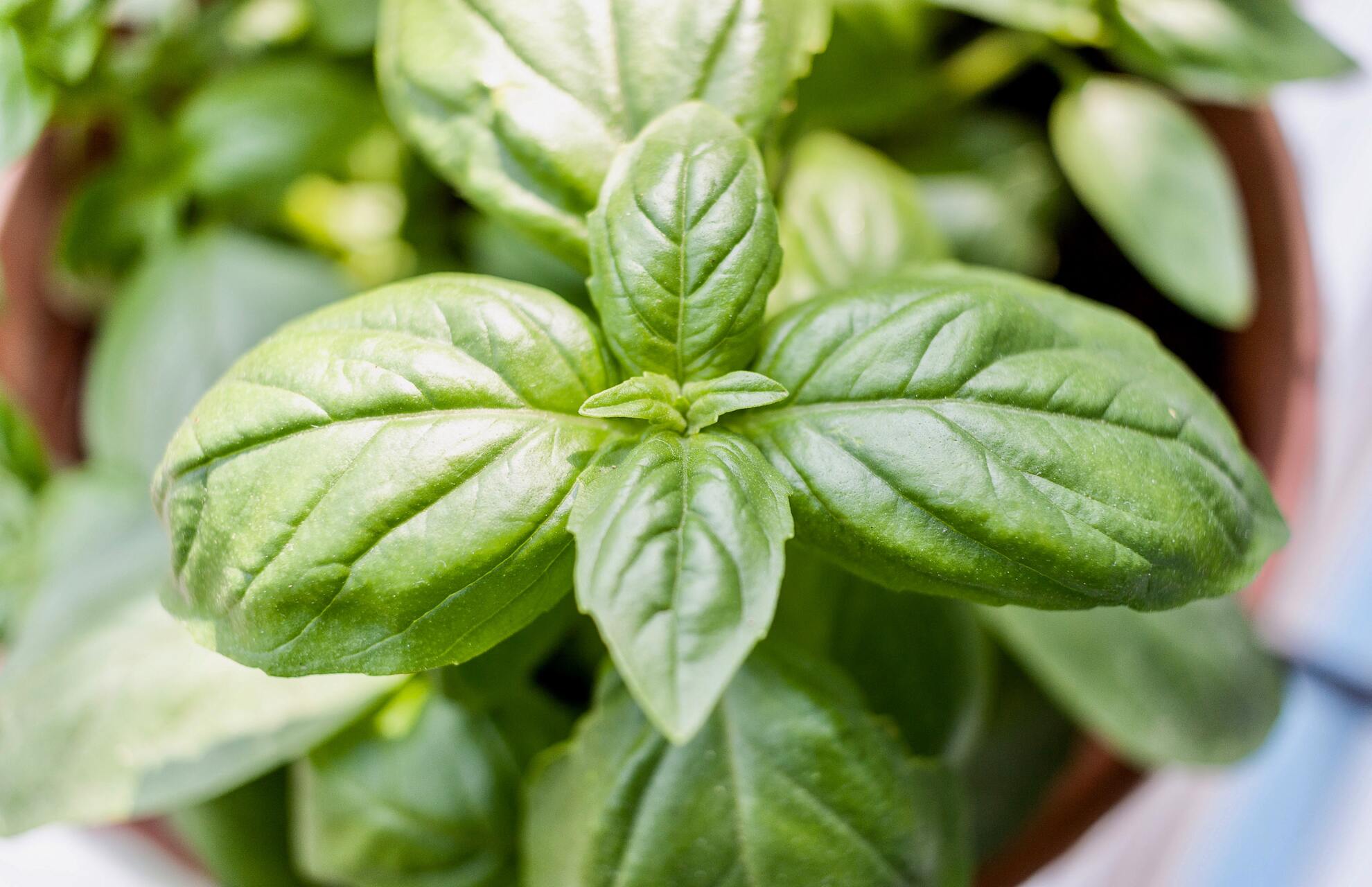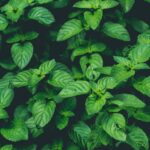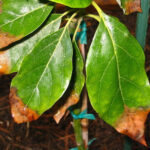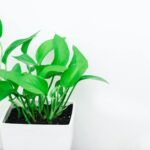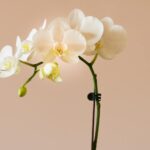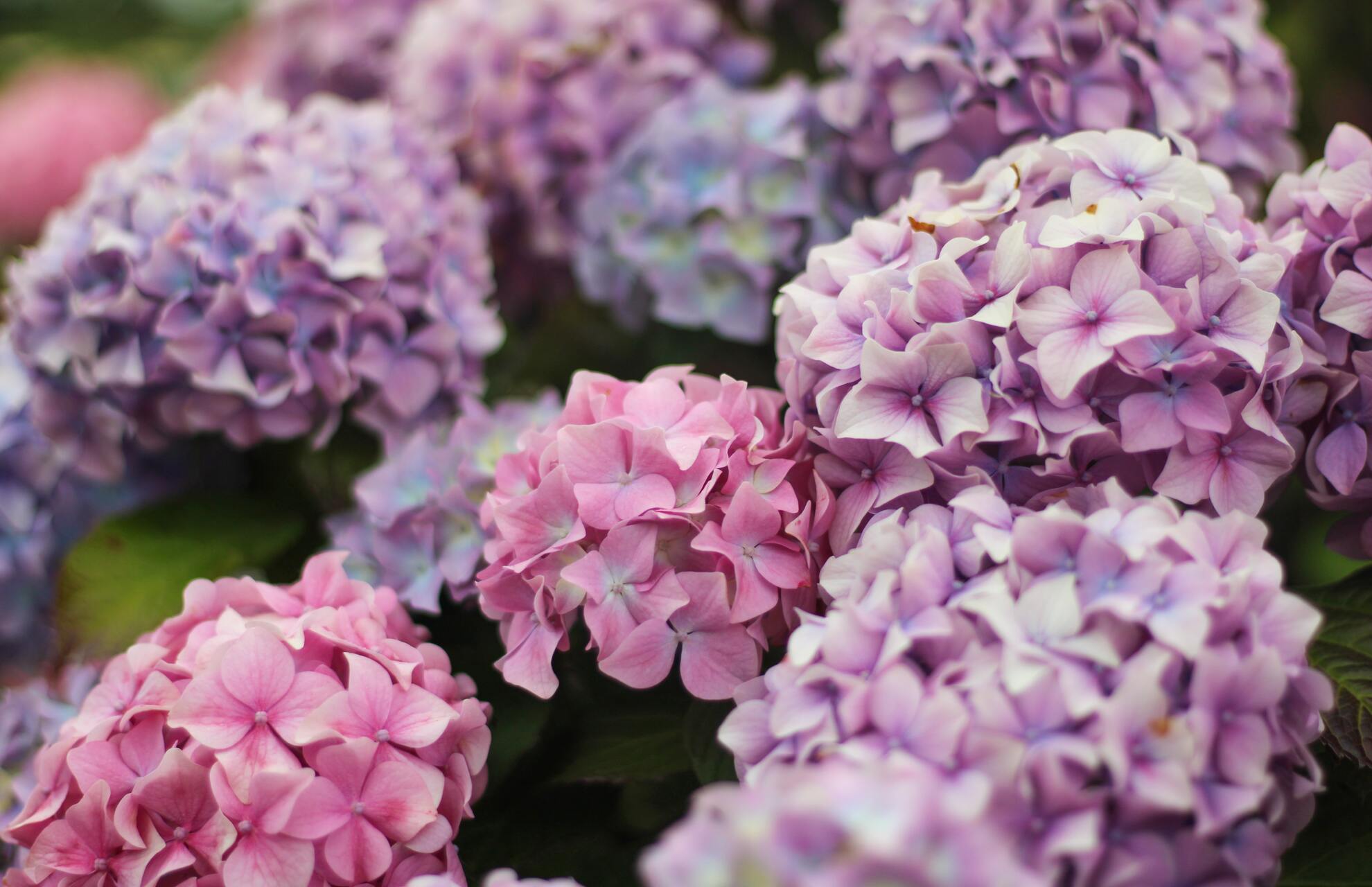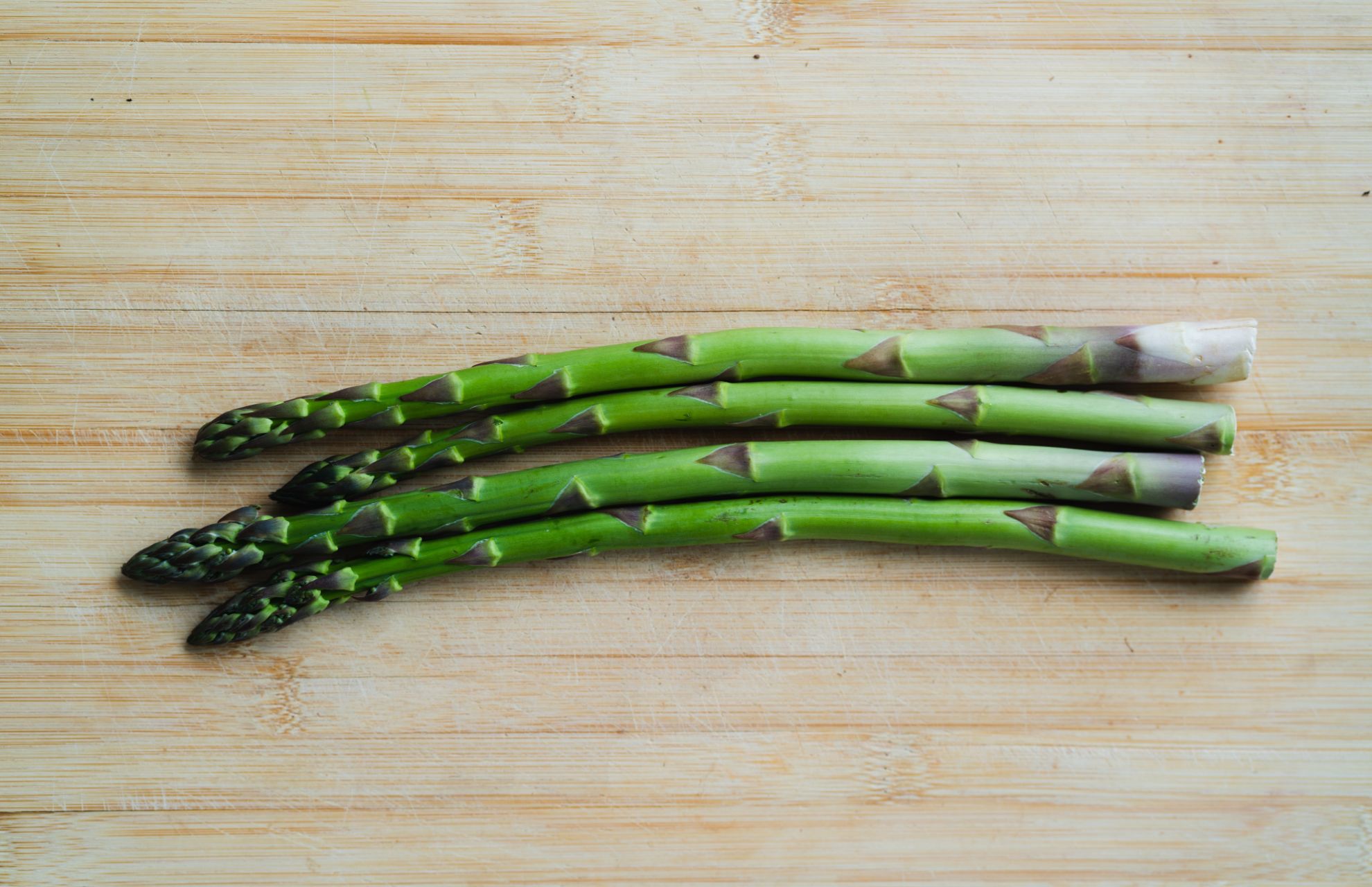In general, basil is a very simple herb to take care of and is a favorite for growing both indoors and outdoors. You might be curious as to why there are brown spots on your basil leaves if you notice them. Temperature fluctuations, frost damage, sunburn, nutrient deficiencies, pest damage, or fungal infections are all common causes of brown spots on basil leaves. Please keep reading.
What Causes Brown Spots On Basil
Fusarium Wilt
Fusarium wilt is a common but devastating basil disease caused by the fungus Fusarium oxysporum.
It’s not only a widespread issue that can be fairly destructive to the plant; it’s also a problem that is notoriously difficult to solve. Once the soil is infected, the infection can persist for years.
Similar to how infected basil plants can spread the disease to nearby plants, it’s critical to get rid of infected plants as soon as possible.
Most frequently, contaminated seeds are used to spread fusarium wilt. As a result, only purchase basil seeds from a reputable seller that has been checked for the fungus when starting a basil plant from seed.
If you’re growing basil from cuttings, make sure the mother plant isn’t infected by choosing a mature plant that hasn’t shown any signs of the disease, as it usually doesn’t manifest until plants are between 6 and 12 inches tall.
Fungal Leaf Spot
Another fungal disease, fungal leaf spots are caused by the Colletotrichum fungus. Thankfully, this fungus tends to be less destructive and more localized than fusarium wilt.
On the basil leaves, look for small, brown spots that are rounded in shape and that eventually dry out and fall off. As a result, there are full basil leaves that appear to have been shot or drilled through.
Fungal leaf spots can kill plants if the infection is severe enough to affect all of the leaves.
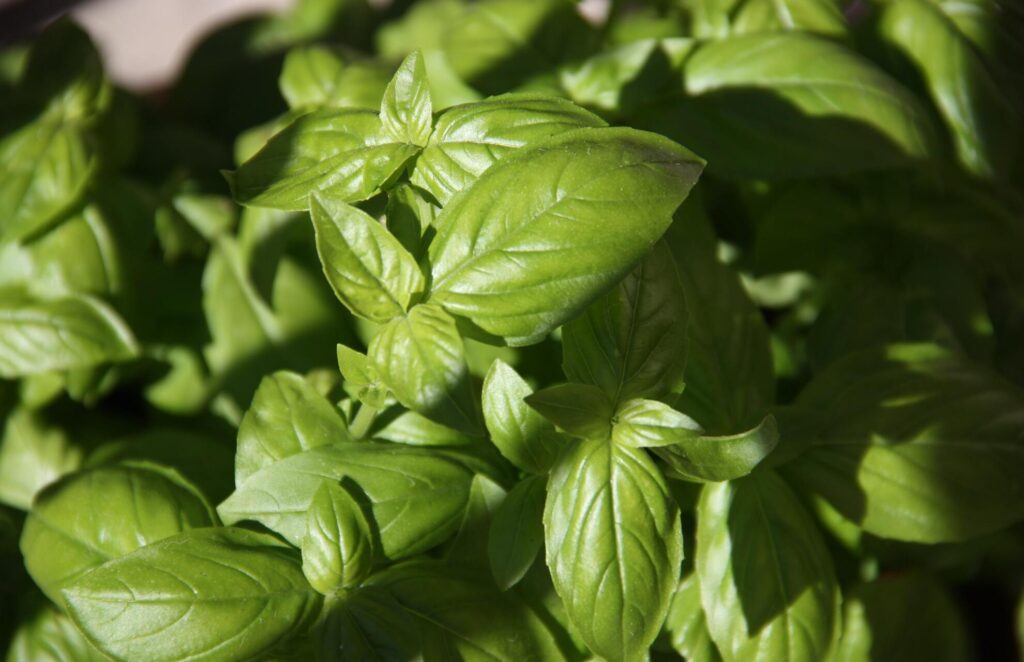
Downy Mildew
Basil leaves that have developed a yellowing or browning color, beginning in the veins and spreading to the entire leaf, as well as a fuzzy, powdery-looking grey substance on the undersides of the leaves, are telltale signs of downy mildew.
Once more, infected seeds are the root of this problem, which can eventually harm the entire plant.
By maintaining ideal planting and growing conditions, downy mildew can be managed. When planting or potting basil plants, make sure to give each plant enough room.
Cercospora Leaf Spot
This is yet another fungus, and like a few others, it is brought on by misting or overhead watering of the leaves, which results in water beads on the leaves and overly moist soil.
Your best bet is to water the soil near the base of the stem and maintain the leaves as dry as you can because moist leaves make an ideal environment for fungal infections.
Bacterial Leaf Spot / Pseudomonas Cichorii
If you notice brown or black spots on your leaves that then dry out and become holes in the leaves, you might have bacterial leaf spots, caused by Pseudomonas Cichorii. Brownish streaks on the stems may also indicate this infection.
To flourish and infect your basil plants, bacterial leaf spot needs the right environment. And one of the key factors it searches for is an excess of nitrogen in the soil.
Pests
Like most plants, basil is vulnerable to a wide range of spooky pests that enjoy munching on the leaves and cause browning, holes, and other damage.
Aphids are tiny soft-bodied insects that suck sap and nutrients from your plants’ leaves and stems. Stunted growth, leaves that were curled and spotted, and a sticky black substance on the leaves
Sunburn
When you water your plants from above, the droplets that collect on the leaves can act as little magnifying glasses, focusing on the sun’s rays until they burn the leaves of your plants.
On the tops of the leaves, look for small brown or bleached spots. Make sure to rule out any additional causes of damage, such as illness or insect damage, as their treatments differ.
Nutrient Deficiency
Although the nutrient deficiency isn’t the most frequent reason for sickly-appearing basil plants, it could still be the culprit if all other possibilities have been eliminated.
The most common deficiencies in basil are magnesium and potassium, both of which can cause leaves to turn yellow or brown, typically in the spaces between leaf veins while the veins themselves remain green.
Older leaves are more prone as the plant starts to redistribute scarce nutrients to new growth.
How To Prevent Brown Spots On Basil
Safe Seeds
Make sure you purchase your plants from reputable vendors and that the seeds have been examined for pathogens.
Proper Watering Habits
Unclean gardening techniques, sadly, can contribute to the spread of many of these illnesses or make them worse. The leaves should not be soaked in water when watering basil plants, especially from above.
This may spread illnesses that are spread via water, such as bacterial leaf spot, basil downy mildew), and increases the likelihood of the leaves succumbing to a bacterial or fungal infection, since they’re moist, waterlogged, and generally not living their best life.
Adequate Plant Spacing
Make sure to leave enough space between each basil plant if you’re growing any number of them or any number of plants. As a result, there will be less likelihood that diseases will spread between plants when water or wind are splashed on them.
It will, however, also make sure that the plant has enough airflow around it so that it doesn’t become overly moist, particularly on the leaves, which is a perfect environment for bacteria and fungus to grow.
Quick Action
When basil plants develop brown or black spots, remove the affected leaves as soon as you notice them. Then, carefully look over the plant for any additional potential problems.
Most of the time, taking this action alone will be sufficient to stop the issue from getting worse.
Growing Indoors
While it’s not a guarantee, growing basil indoors as opposed to outside will lower the likelihood that your plant will contract some of these diseases.
Are Basil Leaves With Brown Spots Still Safe To Eat
According to how the damage was caused, After being washed, your plant’s leaves should be fine to eat if they have only been sunburned or nibbled on by pests, but leaves that have been harmed by the disease should not be consumed.
Always wash the leaves before using them, and make sure any treatments you use to control pests or diseases are safe to use on edible plants!
Final Thoughts
Your garden’s yields are decreased by unsightly damage to your herbs, and the crop’s edibility may suffer.
Although prevention is essential, there are times when you only become aware of a problem after it is too late. Therefore, you should take action right away。

